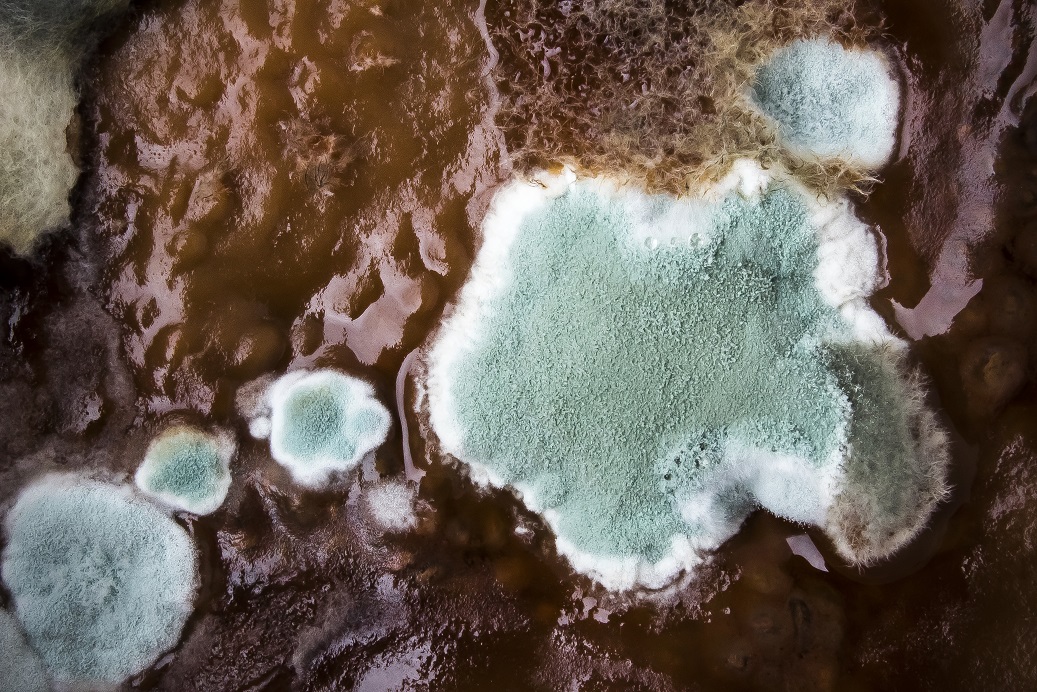 June 16, 2022 – The presence of mold in an apartment is not to be taken lightly. These microscopic fungi, in addition to causing aesthetic damage to surfaces, can significantly impact air quality and, consequently, the health of residents. In divided co-ownership, where the proximity of living spaces increases the risk of spread, heightened vigilance is required.
June 16, 2022 – The presence of mold in an apartment is not to be taken lightly. These microscopic fungi, in addition to causing aesthetic damage to surfaces, can significantly impact air quality and, consequently, the health of residents. In divided co-ownership, where the proximity of living spaces increases the risk of spread, heightened vigilance is required.
Risk areas and early detection
Molds thrive in moist environments. Basements used for storage, due to their inherent humidity, are often the first affected. The characteristic musty smell is a clear indicator of their presence. Another critical area is around windows, where condensation promotes mold growth. Regular inspection of these areas and wiping away condensation can prevent their development.
It's important to note that molds are not limited to these areas and can colonize various materials such as plastic, wood, textiles, or drywall. Their presence often manifests as stains, yellowing, or discoloration.
Why act quickly?
Beyond aesthetic issues, molds can have health implications, particularly causing respiratory problems. Even individuals who are generally not sensitive can be affected by prolonged exposure.
Eradication Strategies
The first step is to identify the source of moisture that encourages their growth. In some cases, it may be necessary to open walls to access the contaminated area. Here are some recommendations for effective cleaning:
Prevention and moisture control
To maintain an adequate humidity level in your unit, using a hygrometer can be helpful. Here are some relative humidity thresholds to respect according to the outside temperature:
Additionally, it is advisable to regularly check the condition of windows, ensure adequate ventilation of rooms, especially bathrooms, and be vigilant for the appearance of suspicious stains. The use of a dehumidifier may be necessary in some cases.
Special attention to textiles
Textiles, such as table linens, can also harbor mold. Regular cleaning, followed by rapid drying, is essential to prevent their growth.
Conclusion: A necessary collective action
In the context of a divided co-ownership, effective management of mold issues requires close collaboration between the co-ownership syndicate, individual co-owners, and all building occupants. The syndicate, as the managing entity of the building, must take the lead by establishing clear prevention and intervention policies, while ensuring the proper maintenance of common areas prone to mold development. Co-owners and occupants, for their part, are responsible for maintaining their private portions in conditions that limit the risk of mold proliferation and for promptly reporting any suspicious problems in the common areas or restricted common areas to the syndicate. In complex or persistent situations, the expertise of a mold specialist may be necessary to accurately identify the source of moisture and provide lasting solutions, thus ensuring the health and well-being of the entire co-ownership.
For any additional information, please do not hesitate to contact us.
Georges Fallah, Architect
Member of the Quebec Order of Architects (MOAQ)
President of G.A.P.Immeubles inc
Tél. : (514) 946 8807
Fax : (450) 478-4932
Courriel : [email protected]
The columns express the personal opinion of their authors and do not in any way commit the responsibility of the site's publisher, CondoLegal.com Inc. The content and opinions expressed in a column are solely those of the author.
